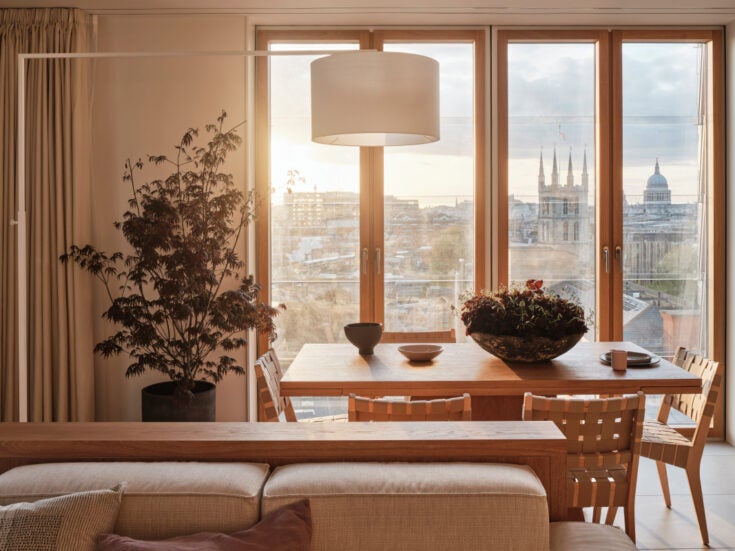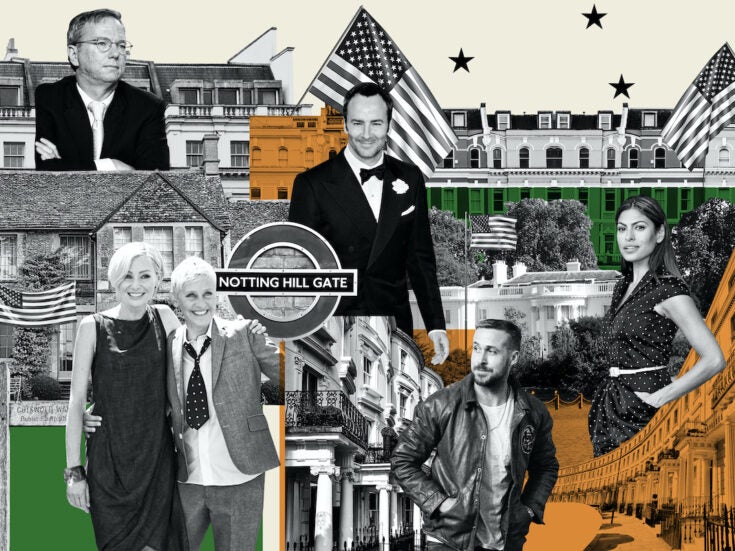
The prime London residential market typically conjures up images of attractive period properties in locations such as Mayfair, Kensington and Knightsbridge. However, there is an active and equally attractive market for new homes within the capital catering for both owner-occupiers and investors.
Supply
The built environment of London, like all cities, is changing constantly whether through the replacement of individual redundant buildings or via full-blown regeneration. This process, when linked with major transport and other infrastructure improvements, can revitalise entire neighbourhoods and create aspirational locations in areas previously considered as less desirable. Islington is a good example of how an area has uplifted over time to become a preferred location for City workers in particular and a similar transformation is occurring in parts of Southwark, such as Elephant & Castle and Camberwell, and in east London at Stratford.
The Docklands regeneration is the largest example of how a run-down area can be transformed into a vibrant commercial and residential location. The next significant regeneration zone will be Nine Elms on the South Bank which will cover a 195 hectare area running from Lambeth Bridge through Vauxhall to Battersea Power Station and Chelsea Bridge. Around 16,000 new homes are anticipated plus two new underground stations, and a variety of commercial space (including the US Embassy) and leisure facilities.
The generally tighter planning control and more limited availability of sites within London’s traditional prime central locations means that the new homes offer in London is predominantly situated in pockets extending outwards from the core. Many of the recent high-profile developments are situated along the river bank where units can obtain a price premium for the views they offer over water.
Examples of current major developments include The Tower, One St George Wharf in Vauxhall, Battersea Reach and Fulham Reach. Developments overlooking parks and other green areas are also popular, the most notable example being One Hyde Park in Knightsbridge which has achieved the highest capital values per square foot in London.
Large-scale schemes are increasingly high-rise, offering a selection of apartment types and may be mixed-use, such as The Shard (the UK’s tallest building) at London Bridge which combines offices, retail and a hotel with luxury apartments. In contrast, the small number of luxury developments within traditional core locations are typically low-rise, smaller schemes such as 375 Kensington High Street and the De Vere Gardens in Kensington, and the Walpole in Mayfair.
Demand
Today’s luxury developments can offer a range of facilities from full concierge services and swimming pool, health suite/gym and spas up to bars and restaurants, shops, hotels, business centres and private cinemas and will appeal to both investors and end-users.
Well over half of buyers are from overseas and it is usually the case that developers will launch schemes at overseas exhibitions in the Far East and the Middle East to sell off-plan before offering any remaining units to the domestic market. This has worked well for foreign buyers as they have benefited from the relative weakness of Sterling in recent years as well as – up until the March 2012 Budget – very favourable tax treatment when purchasing via an offshore vehicle.
Recent economic and political turmoil in Europe and North Africa has prompted a wave of buyers looking to invest in a safe haven and a significant amount of money has found its way into new residential schemes in London. We have also seen a change in attitude among some investors from the Middle East and Russia who are now prepared to consider locations outside the core areas in the search for available luxury product and higher yields.

The improvement in market performance over the past couple of years has brought with it the return of the speculative buyer. Last seen at the height of the market in 2007, this type of purchaser will typically buy off-plan and look to flip the contract before completion thereby taking advantage of any uplift in capital values while avoiding having to pay the full price upon completion. Although this can distort markets in a negative fashion it is at least indicative of the perceived positive prospects going forward.
Figure one: Annual residential completions in London, 2002-11
Investment performance
The volume of new development in London has been reducing gradually each year since 2008 (just 11,300 private sector units were completed in 2011/12) and luxury supply is limited which, when combined with steady buyer demand, has helped to sustain prices.
Between q1 2009 and q1 2012, average new build capital values rose by 36.4% according to the Nationwide Index while the premium for new build luxury properties in London can be anything from 10%-15% and more on certain schemes. Gross initial yields in prime central London currently average 3.75%, moving out to 4.5%-5% in the fringe core locations and 5.5%-6.0% in more de-centralised areas.
Where next?
There are a number of areas which are in line to take-off in the coming years, however I would select Finsbury Park which is due for a major redevelopment around the underground station. Its attractive green areas and transport links make it likely to appeal to the affluent City buyer market while initial prices should offer good value and significant uplift potential.
Nicholas.barnes@chestertonhumberts.com
@nickbarnes7
www.chestertonhumberts.com






